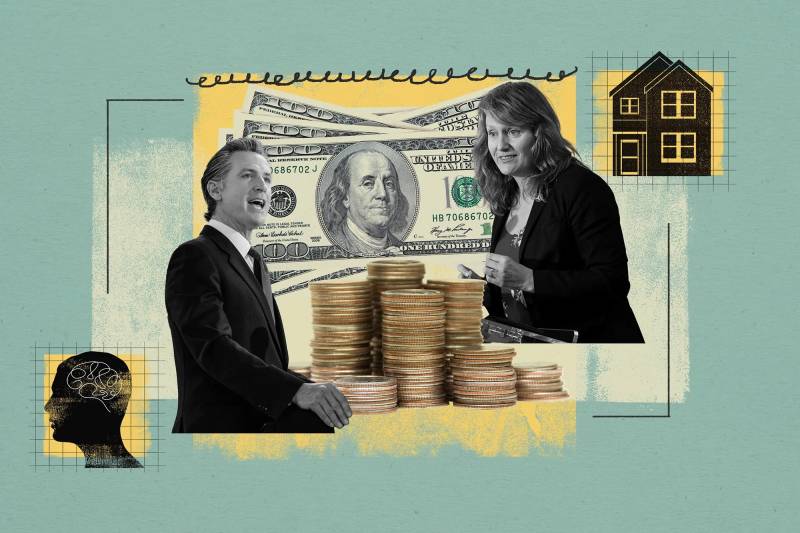Lawmakers may not have long to hammer out those negotiations. Any bonds bound for the March ballot need to clear the Legislature by the end of the session on Sept. 14. Branch-on-branch negotiations have been slow to get going so far, but may ramp up once the lawmakers return from recess on Aug. 14.
“We want to make sure that we’re presenting a ballot to the electorate, in as much as we have the ability to, that is thoughtful and aims to tackle some of our tougher challenges, but in a way that doesn’t confuse voters with, like, ‘Here are your 10 opportunities to vote for housing,’” said Wicks. “I anticipate over the next probably two or three months that we’ll start landing some of these planes.”
Not everyone in housing world is so concerned. The mere fact that so many housing-related bond measures are vying for space on next year’s primary and general election ballots is a sign that the state’s affordability crisis is finally getting the political and fiscal attention it deserves, said Kate Hartley, who directs the Bay Area Housing Finance Authority.
“I don’t know what voters will think about” a glut of bond measures next year, she said. “But I do know that voters really care about this and they want solutions.”
‘You name it, there’s a bond’
Some of the most competitive real estate in California these days is a spot on either of the two 2024 ballots.
The Legislature is considering as many as ten borrowing measures for either the March primary or November general election next year. Among them are competing school bonds, climate and flood protection proposals and a bond aimed at fighting the fentanyl crisis. Though it isn’t likely that all will make the cut, taken together, they come with a collective debt of at least $80 billion, with the price tag on one proposal still undetermined.
“We have so many crises for people facing so many different challenges,” said Chris Martin, policy director with Housing California, an affordable housing advocacy group. “You name it, there’s a bond for it being considered in the Legislature and there’s only so much bonding authority.”
The Newsom administration has reportedly set the borrowing limit for both of next year’s ballots at $26 billion, but the final number is likely to be ironed out in negotiations with legislative leaders.
Whatever the borrowing cap, it’s as much a question of political arithmetic as it is budget math. There is no legal limit on how much debt voters can approve in a given election. Budget analysts keep their eye on different metrics comparing the state’s debt payments (PDF) to its discretionary cash cushion, its overall budget or the total size of the California economy. Projections of future interest rates and future budget surpluses and deficits also get considered.
One measure — the ratio of the state’s annual debt payments to the budget’s discretionary “general” fund — currently sits at roughly 3.5%, depending on how you measure it. That’s a tad high compared to other large states, but it’s far lower than it has been in the past. Keeping that figure below 6% is “generally considered prudent,” said H.D. Palmer, a spokesperson for the California Department of Finance.
There’s no evidence that voters have any of that in mind when they vote “yes” or “no.”
Californians have generally been perfectly happy to put big projects on the state’s credit card. That may be because bond proceeds are typically directed at politically sympathetic causes and the downsides of borrowing — higher debt payments in future years — are more abstract for the average voter.
Since 1980, the electorate has signed off on more than 75% of all state bonds put before them, approving $182 billion in new debt and rejecting only $42 billion. In contrast, voters have approved only about 40% of all non-fiscal propositions (PDF).
The prospect of ‘bond fatigue’
There are clear exceptions. Sometimes the voting public, presented with particularly eye-popping sums, gets into a tight-fisted mood.
The November 1990 election was the most bond-happy in recent history, with 14 borrowing proposals in total. Voters batted down 12 of them.
A more recent example of bond failure: The March primary election in 2020, when voters rejected what would have been the largest school bond in California history, a $15 billion IOU. One of the possible post-election explanations offered at the time: Voters, saddled with a bumper crop of borrowing measures at the local level, succumbed to “bond fatigue.”
